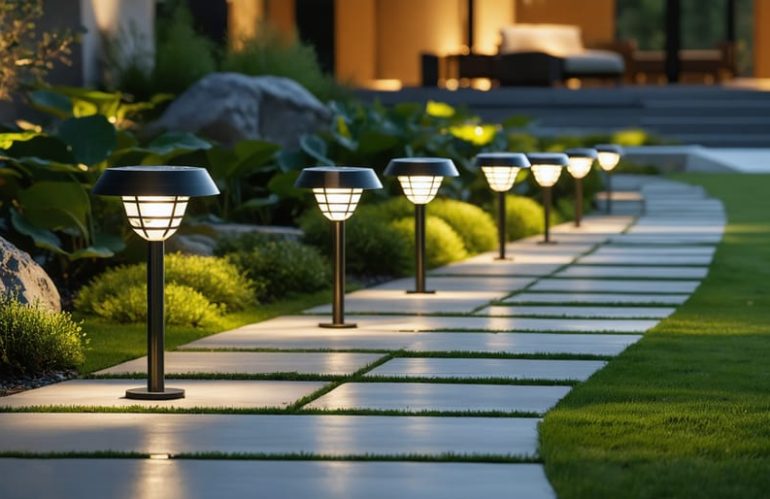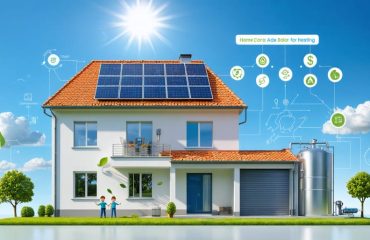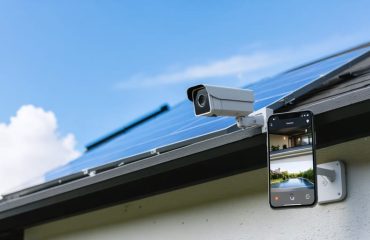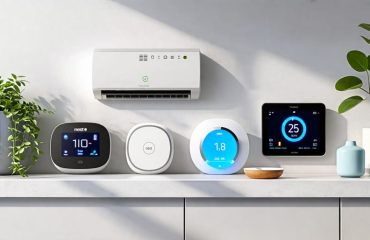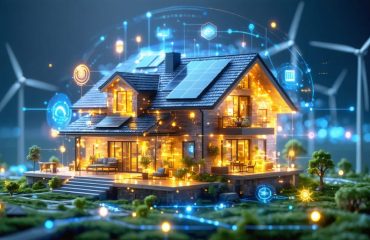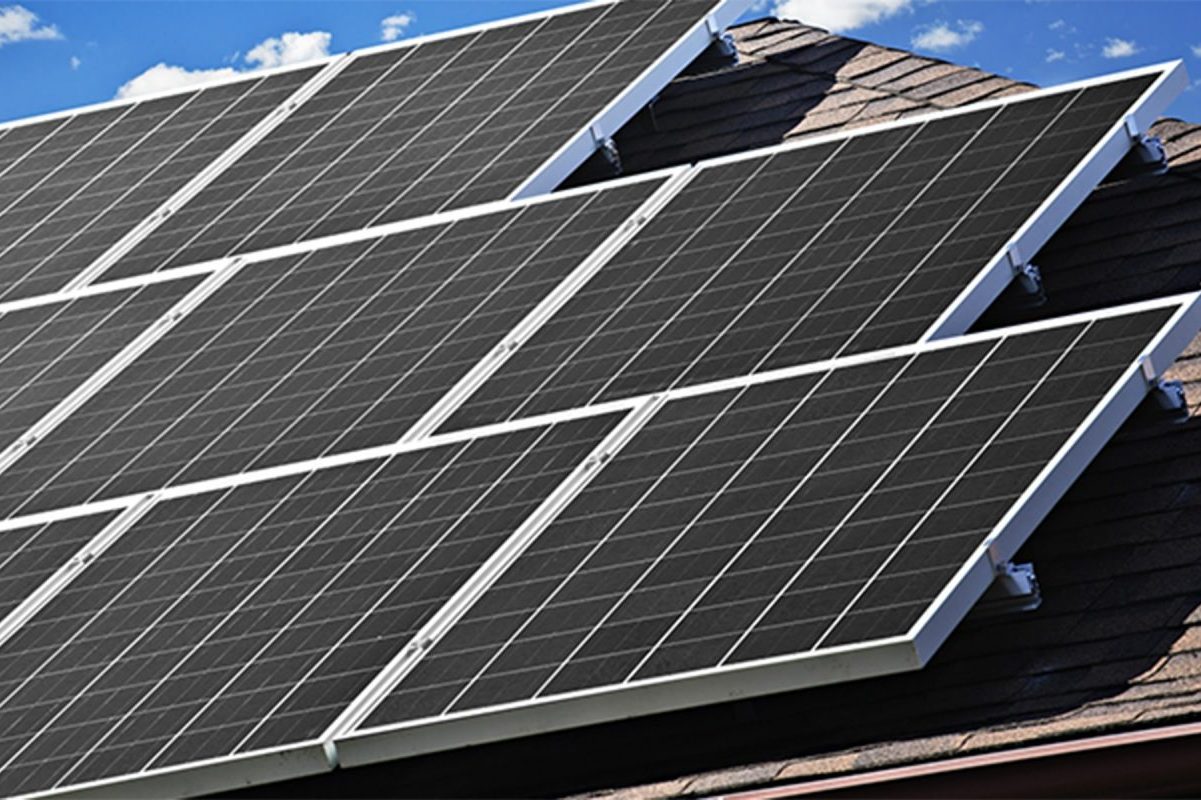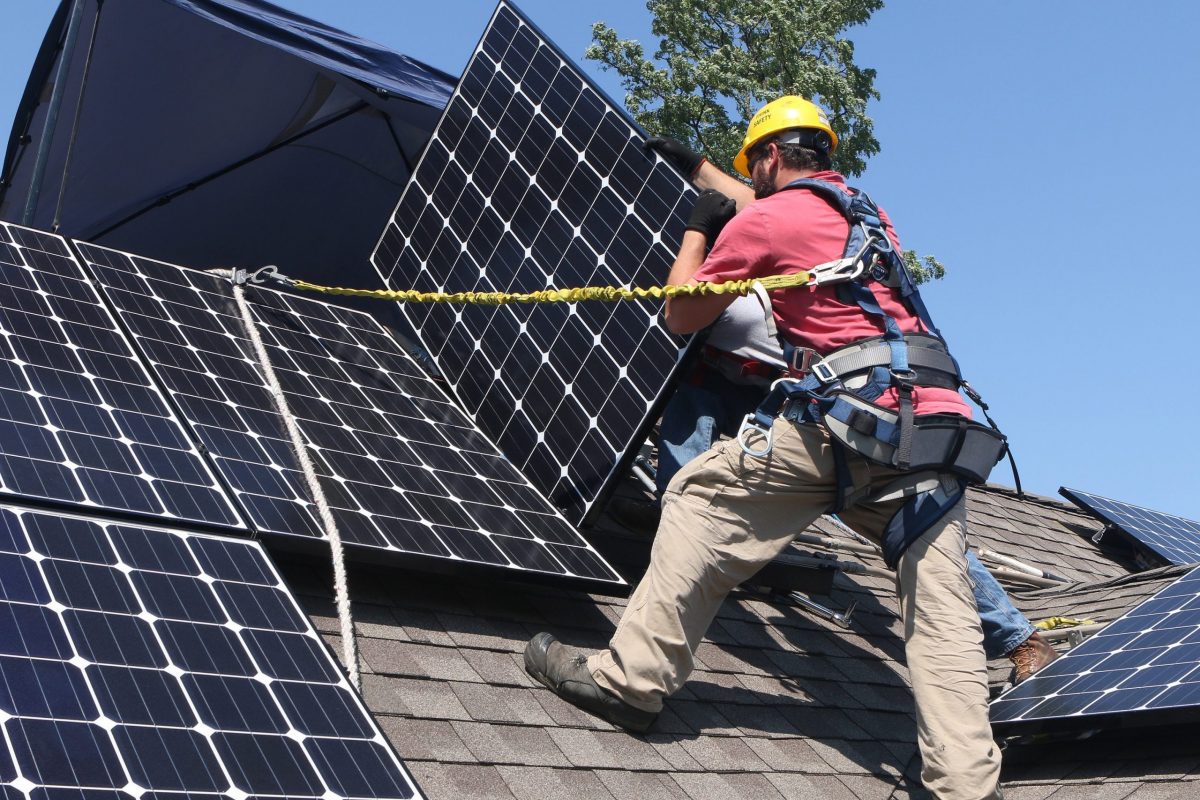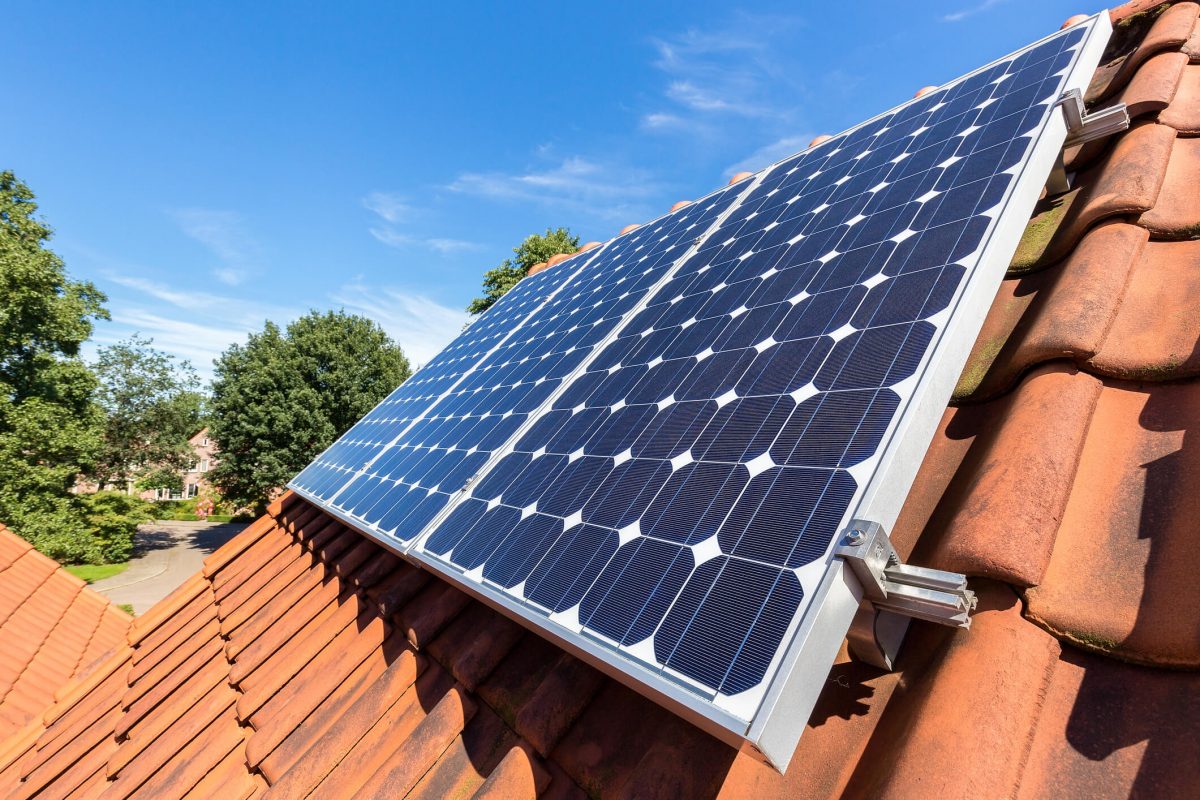Transform your outdoor spaces and slash energy bills with modern solar-powered home systems that harness the sun’s unlimited energy for brilliant, reliable lighting. Solar-powered lighting systems have revolutionized how we illuminate our homes, combining cutting-edge technology with sustainable living principles to deliver both environmental and financial benefits. These innovative systems capture solar energy during daylight hours, store it in advanced batteries, and automatically provide efficient lighting from dusk till dawn – all while operating completely off-grid. Unlike traditional outdoor lighting solutions, solar-powered systems require minimal maintenance, offer flexible installation options, and continue working during power outages, making them an intelligent investment for modern homeowners. With recent advancements in LED technology and battery storage capacity, today’s solar lighting systems deliver superior brightness and reliability while paying for themselves through reduced electricity costs and increased property value.
How Solar-Powered Smart Lighting Works
Solar Panel Integration
Solar panels are the heart of any solar-powered lighting system, working tirelessly to transform sunlight into usable electricity. These panels contain photovoltaic cells made from silicon, which create an electric current when exposed to sunlight. During daylight hours, the panels collect solar energy and convert it from DC (direct current) to AC (alternating current) power through an inverter.
The converted energy is either used immediately to power your lights or stored in batteries for nighttime use. Modern solar panels can collect energy even on cloudy days, though at a reduced capacity. Most residential systems use monocrystalline or polycrystalline panels, with monocrystalline being more efficient but slightly more expensive.
To maximize energy collection, panels should be installed at an optimal angle (typically 30-45 degrees) and face south in the Northern Hemisphere. One square meter of solar panels can generate approximately 100-200 watts of power in full sunlight, enough to power several LED lights. The system automatically switches to battery power when sunlight isn’t available, ensuring consistent lighting throughout the night.
Battery Storage Solutions
The heart of any reliable solar lighting system lies in its battery storage solutions, which ensure continuous illumination even after sunset. Modern solar systems typically use lithium-ion batteries, which offer superior performance and longevity compared to traditional lead-acid alternatives. These batteries efficiently store excess energy generated during daylight hours, providing reliable power for 8-12 hours of nighttime operation.
Most residential systems come equipped with smart charging controllers that protect the batteries from overcharging and deep discharge, extending their lifespan to 8-10 years. The storage capacity is customizable based on your lighting needs, with options ranging from compact 12V batteries for pathway lights to larger 48V systems for entire outdoor spaces.
To maximize efficiency, these systems include features like automatic day/night sensors and programmable timers. This means your lights will automatically activate at dusk and can be set to dim or turn off during late-night hours when full brightness isn’t necessary, helping to conserve stored energy and extend runtime during cloudy periods.
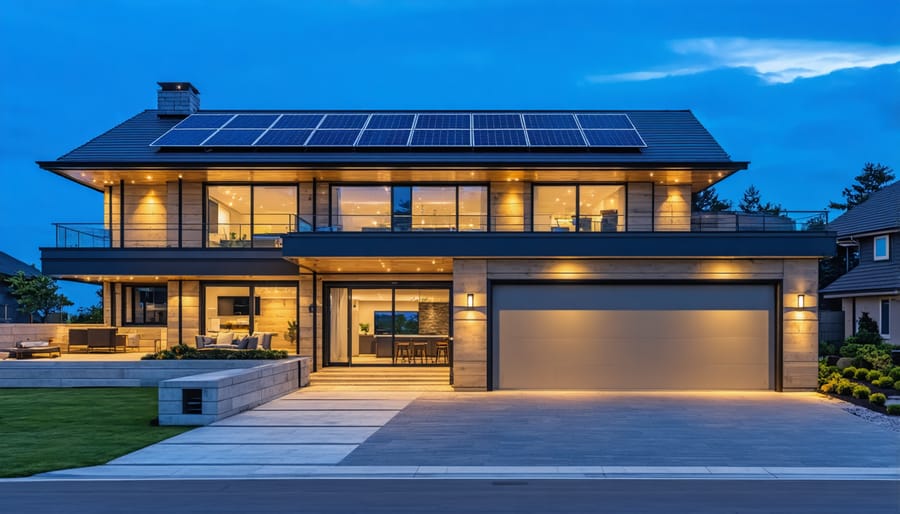
Smart Features That Save Money
Automation and Scheduling
Modern solar-powered lighting systems offer sophisticated automation features that make managing your outdoor lighting effortless and efficient. Through smart home energy management capabilities, these systems can automatically adjust to seasonal changes and varying daylight hours.
Most systems come with built-in light sensors that detect ambient light levels, automatically triggering the lights at dusk and turning them off at dawn. This ensures your lights operate only when needed, maximizing battery life and system efficiency. Many models also include motion sensors, which can enhance security while conserving energy by increasing brightness when movement is detected.
Through user-friendly smartphone apps, you can customize lighting schedules to suit your lifestyle. Set different brightness levels for various times of the night, create special holiday lighting patterns, or adjust timer settings remotely. Some advanced systems even integrate with weather forecasts to optimize performance during cloudy periods.
Timer functions allow you to set specific operating hours, which is particularly useful for landscape lighting or security purposes. You can program different zones independently, creating the perfect ambiance for your outdoor spaces while ensuring essential areas remain well-lit throughout the night.
These automation features not only enhance convenience but also help maximize the system’s energy efficiency, ensuring your solar-powered lights provide reliable illumination year-round with minimal intervention.
Energy Monitoring
Modern solar-powered lighting systems come equipped with smart monitoring features that help you track and optimize your energy usage. Through user-friendly mobile apps or web interfaces, you can easily monitor your system’s performance, including daily energy production, consumption patterns, and battery status in real-time.
These monitoring systems typically display easy-to-understand graphs and charts showing how much energy your lights are using throughout different times of the day. This information helps you identify peak usage periods and adjust your lighting schedule accordingly for maximum efficiency.
Many systems also include automated alerts that notify you when batteries are running low or if maintenance is needed. Some advanced monitors can even predict future performance based on weather forecasts, helping you plan for periods of reduced sunlight.
By understanding your usage patterns, you can make informed decisions about when to use your lights and how to conserve energy during less sunny periods. For example, you might discover that certain areas of your property don’t need as much lighting during specific hours, allowing you to adjust settings and extend battery life.
Most monitoring systems also generate monthly reports that track your energy savings and environmental impact, showing exactly how much you’re reducing your carbon footprint and saving on traditional electricity costs.
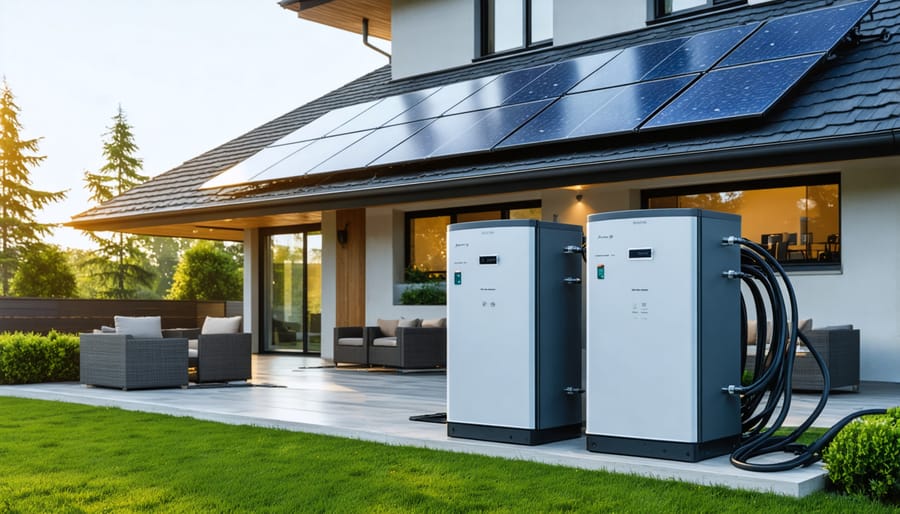
Installation and Integration
Professional vs DIY Installation
When it comes to installing solar-powered lighting systems, you have two main options: professional installation or doing it yourself. Professional installation offers the advantage of expert knowledge, proper system sizing, and warranty coverage. Certified installers understand local building codes, ensure optimal placement for maximum sunlight exposure, and can handle complex electrical connections safely.
DIY installation, on the other hand, can significantly reduce upfront costs and is often feasible for basic solar lighting setups. Many modern solar lights come with user-friendly installation kits and detailed instructions. Simple path lights, garden spotlights, and standalone security lights are typically straightforward enough for homeowners to install themselves.
Consider your technical skills, the system’s complexity, and local regulations when making your choice. While a DIY approach works well for decorative and small-scale lighting, larger systems involving multiple fixtures or whole-house integration usually benefit from professional installation. Remember that improper installation can reduce system efficiency and potentially void warranties.
For safety and peace of mind, always consult an electrician if you’re unsure about any aspect of the installation process, particularly when dealing with existing electrical systems or complex wiring requirements.
Smart Home Compatibility
Modern solar-powered lighting systems seamlessly integrate with your existing smart home ecosystem, offering unprecedented control and automation capabilities. Through smart home integration, you can control your solar lights using popular voice assistants like Alexa or Google Home, or through user-friendly smartphone apps.
These smart features allow you to set customized schedules, adjust brightness levels, and monitor energy consumption in real-time. Many systems come with motion sensors that can be synchronized with other home security devices, automatically brightening specific areas when movement is detected. You can also create automated routines, such as gradually dimming outdoor lights at sunset or activating specific lighting zones during evening hours.
The compatibility extends to popular smart home platforms like Samsung SmartThings, Apple HomeKit, and IFTTT, enabling you to coordinate your solar lights with other connected devices. For instance, you can program your solar lights to work in harmony with your smart thermostats and window blinds, maximizing energy efficiency throughout your home.
Most modern systems also include energy monitoring features that provide detailed insights into your power consumption and savings, helping you optimize your lighting usage for maximum efficiency.
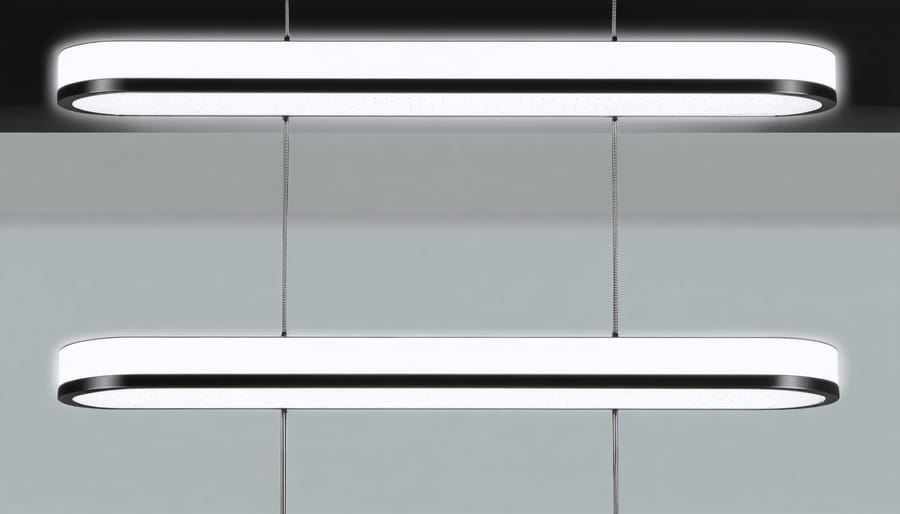
Real Cost Savings and ROI
Installing a solar-powered lighting system is not just an environmentally conscious choice – it’s a smart financial investment that can significantly reduce your energy costs over time. The initial investment typically ranges from $2,000 to $5,000 for a comprehensive outdoor lighting system, but the long-term savings make it worthwhile.
Most homeowners see a complete return on their investment within 3-5 years through eliminated electricity bills for outdoor lighting. Consider this: a traditional 60-watt bulb running for 8 hours daily costs approximately $70 annually in electricity. With multiple fixtures, these costs add up quickly. Solar lights, however, operate completely free once installed.
The savings become even more apparent when you factor in maintenance costs. Solar LED lights last 20-25 years, compared to traditional bulbs that need replacement every 1-2 years. This longevity, combined with minimal maintenance requirements, saves an additional $200-300 annually in replacement and service costs.
Many regions offer tax incentives and rebates for solar installations, further reducing the initial investment. These incentives can cover up to 30% of the system cost, significantly shortening the payback period. Some utility companies also provide additional rebates or credits for solar adoption.
Beyond direct cost savings, solar-powered lighting systems increase property value. Real estate studies show that homes with solar installations sell for 4.1% more on average than those without. For a $300,000 home, that’s an additional $12,300 in value.
The financial benefits extend to maintenance-free operation during power outages and protection against rising electricity rates. As utility costs continue to climb (averaging 2-3% annually), your solar lighting system becomes an even better investment, providing predictable, cost-free illumination for decades to come.
Future-Proofing Your Home
Investing in solar-powered lighting today means positioning your home for the technological advances of tomorrow. As solar technology continues to evolve rapidly, newer systems offer increasing efficiency and enhanced features that make them even more valuable for homeowners.
Modern solar lighting systems are designed with upgradeable components, allowing you to benefit from future improvements without replacing the entire system. Many manufacturers now offer smart integration capabilities, enabling you to control your lighting through smartphone apps and home automation systems. This connectivity isn’t just convenient – it helps optimize your energy usage and extend the life of your system.
The modular nature of current solar lighting solutions means you can easily expand your system as your needs grow. Whether you’re planning to add more outdoor spaces or increase your home’s security features, your initial investment in solar lighting provides a flexible foundation for future additions.
Battery technology is another area seeing remarkable advancement. New storage solutions offer longer life spans and improved performance in various weather conditions. As these technologies become more sophisticated, your solar lighting system’s reliability and efficiency will only increase.
Looking ahead, experts predict that solar panel efficiency will continue to improve while costs decrease. This means future upgrades to your system could provide even better returns on investment. Additionally, as more homes adopt solar solutions, property values are likely to reflect this sustainable advantage, making solar lighting an attractive feature for potential buyers.
By choosing solar-powered lighting now, you’re not just making an environmentally conscious choice – you’re making a smart investment in your home’s future value and functionality.
Solar-powered lighting systems represent a smart investment in both our planet’s future and your household’s financial well-being. By harnessing the sun’s free, renewable energy, these systems offer a reliable and sustainable solution to your lighting needs while significantly reducing your carbon footprint and energy bills. The initial investment is offset by years of virtually free lighting, making it an economically sound choice for environmentally conscious homeowners.
The benefits extend beyond just cost savings. With advances in technology, today’s solar lights provide bright, consistent illumination that rivals traditional electric lighting. Their easy installation, minimal maintenance requirements, and ability to work during power outages make them an increasingly popular choice for modern homes.
As we face growing environmental challenges and rising energy costs, switching to solar-powered lighting is a practical step toward a more sustainable future. Whether you start small with outdoor pathway lights or commit to a whole-home solar lighting system, every installation contributes to reducing our collective dependence on fossil fuels.
Take action today by assessing your home’s lighting needs and solar potential. Consider starting with outdoor spaces or emergency lighting systems, then gradually expanding as you become more comfortable with the technology. The sooner you make the switch, the sooner you’ll start enjoying the benefits of clean, renewable lighting while contributing to a greener planet.

